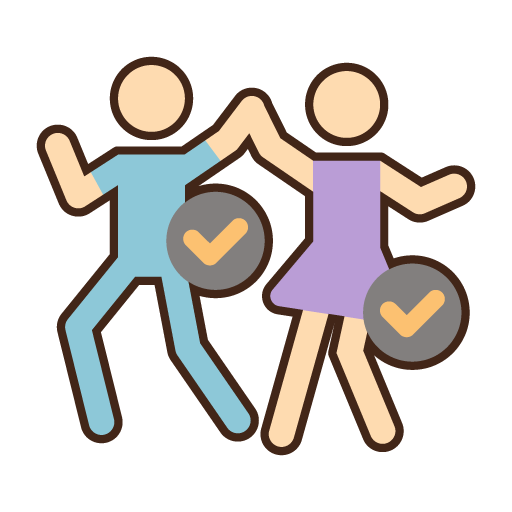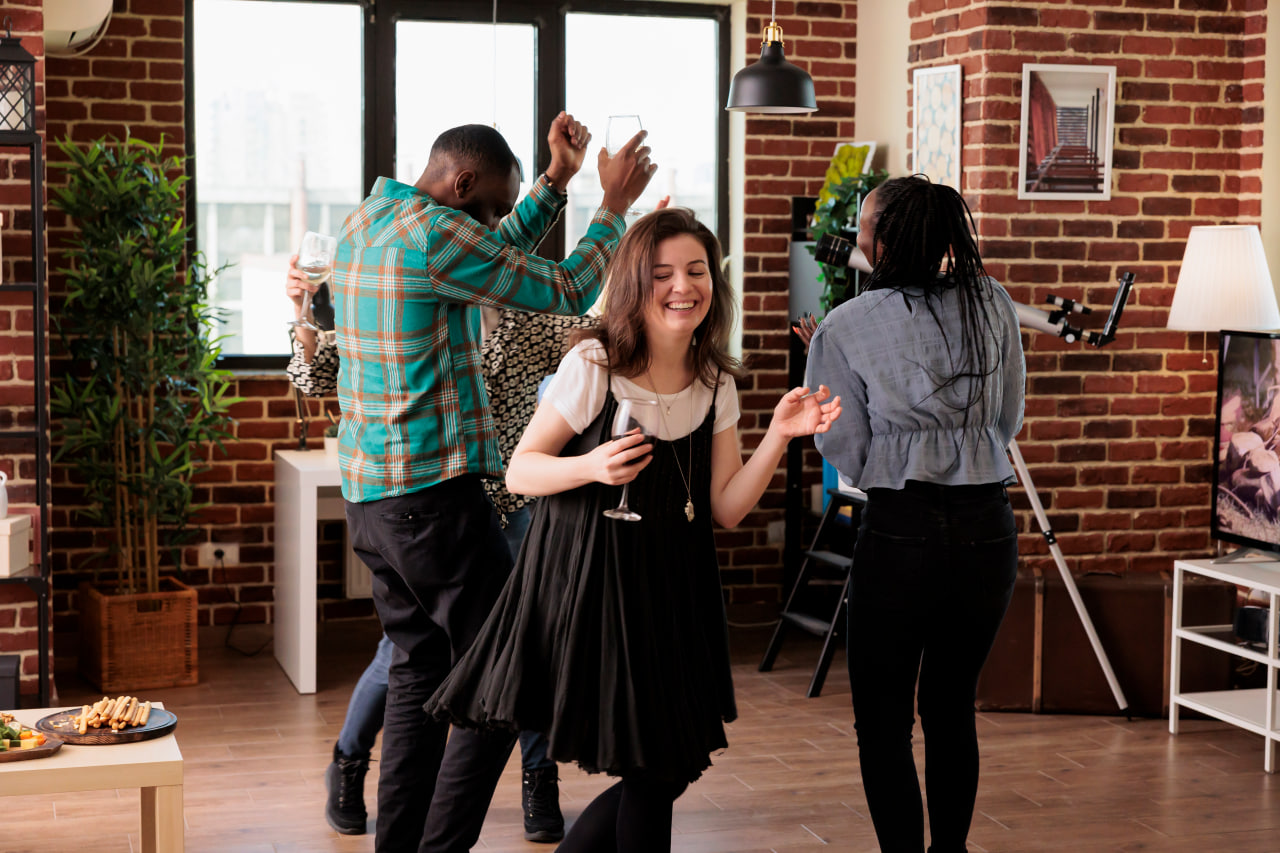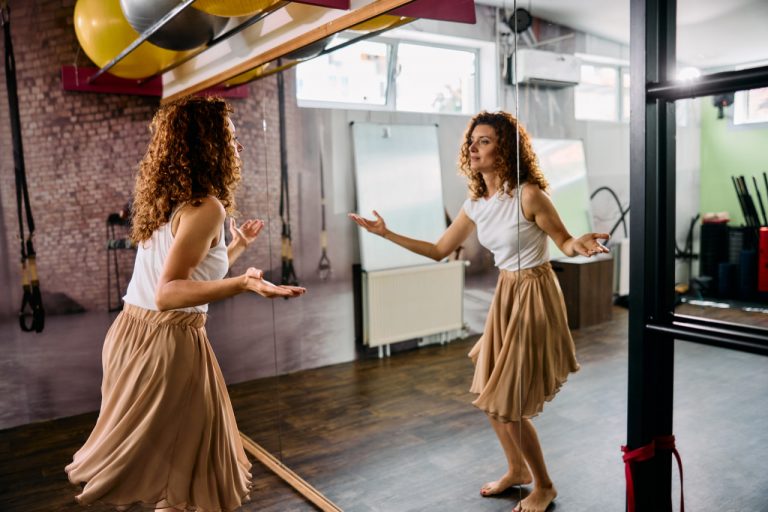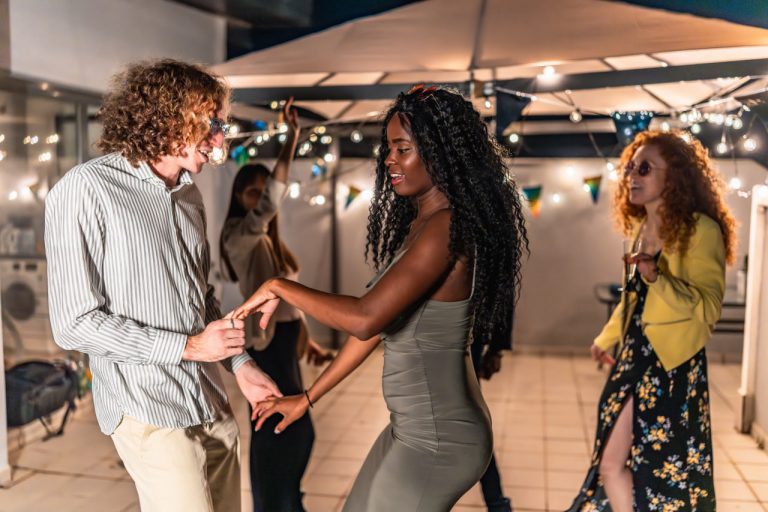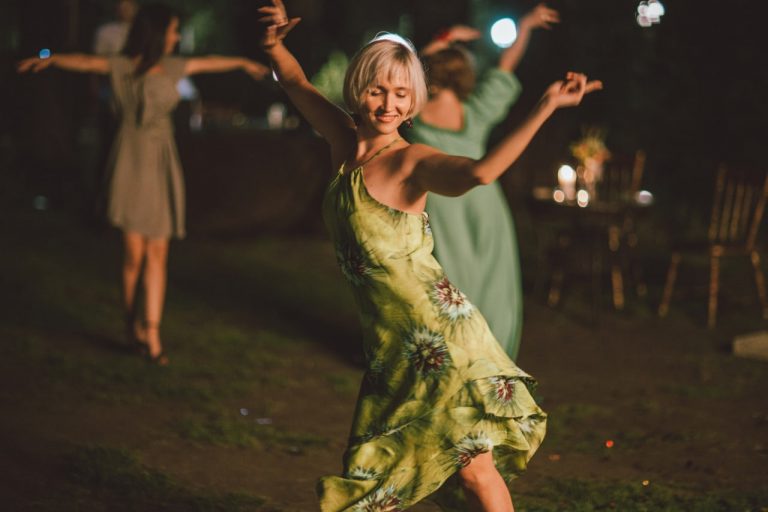Improvisational dance is not only a personal expression but also a shared experience when performed with partners or groups. Collaborative improvisation encourages dancers to respond, adapt, and communicate through movement. Learning to move in harmony with others enhances creativity, builds trust, and develops a heightened awareness of space, timing, and dynamics. Partner and group improvisation fosters a deeper connection between dancers, resulting in performances that are more cohesive, engaging, and expressive.
The Importance of Listening and Observation
Effective collaboration in dance begins with attentive listening and observation. Dancers must be aware of their own movements as well as the movements of others. Observing energy, tempo, and spatial relationships allows for responsive and synchronized improvisation. Listening extends beyond auditory cues—it includes visual awareness and sensing the subtle intentions of fellow performers, creating a fluid and harmonious group dynamic.
Building Trust and Communication
Trust is the foundation of partner and group improvisation. Dancers must rely on one another to explore new ideas safely and freely. Establishing clear non-verbal communication and understanding shared cues helps prevent collisions and misinterpretations. Trusting partners allows for risk-taking and experimentation, encouraging innovative movement and fostering a sense of collective creativity.
Spatial Awareness and Adaptability
Collaborative improvisation requires heightened spatial awareness. Dancers must navigate shared space while maintaining individual expression. Adapting to the positions and movements of others without hesitation enhances fluidity and prevents overcrowding. Exercises that focus on spacing, levels, and pathways help dancers develop the ability to move confidently and creatively in relation to one another.
Dynamics and Energy Exchange
Partner and group improvisation involve constant energy exchange. Matching or contrasting dynamics, responding to force, and adjusting tempo allows dancers to create tension, release, and interplay within the performance. Understanding how to give and receive energy through movement enhances expressive quality and makes improvisation more compelling.
Exercises to Enhance Collaboration
Practical exercises strengthen partner and group improvisational skills:
- Mirroring – Dancers mimic each other’s movements to develop observation, responsiveness, and timing.
- Follow-the-Leader – Partners take turns leading movement, encouraging trust and adaptability.
- Call-and-Response – One dancer initiates a movement, and others respond, fostering creativity and active engagement.
- Group Flow – All dancers improvise together while maintaining cohesion, experimenting with energy, spacing, and dynamics.
These exercises cultivate awareness, responsiveness, and the ability to communicate through movement effectively.
The Role of Emotional Connection
Collaboration in improvisational dance is also about emotional attunement. Dancers who are in sync emotionally are able to convey shared narratives, moods, and stories more convincingly. Paying attention to expressive cues such as gestures, timing, and intensity allows the group to perform as a unified entity while maintaining individual creativity.
